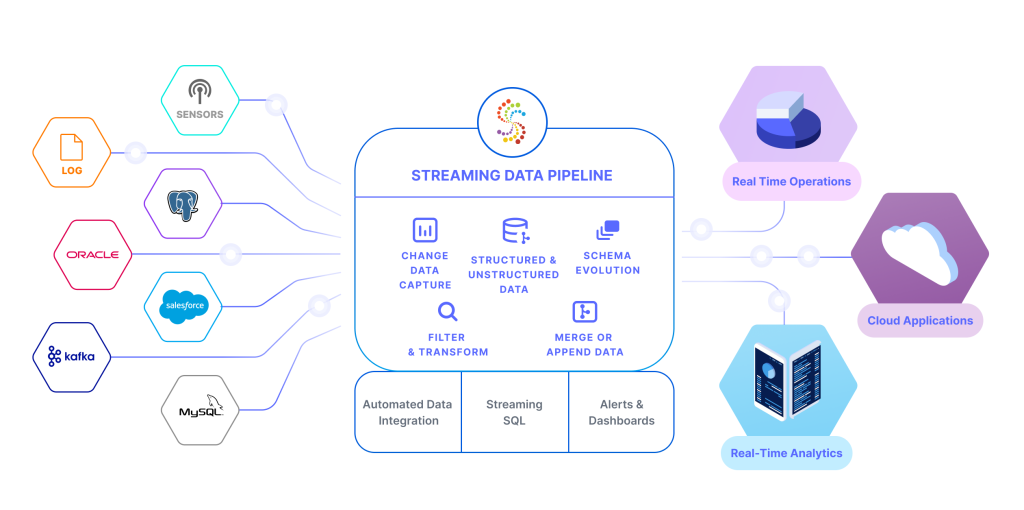
Are you tired of trying to manage incidents with outdated processes and tools? It’s time to upgrade to DataOps for incident management. DataOps is a methodology that combines data management and operations to improve the speed and quality of incident management. In this article, we will explore how to use DataOps for incident management and its benefits.
What is DataOps?
DataOps is a methodology that focuses on collaboration, automation, and monitoring to improve the efficiency and quality of data management and operations. It combines DevOps, Agile, and Lean principles to create a streamlined process for managing data. DataOps emphasizes the importance of continuous integration, delivery, and deployment to ensure that data is accurate, secure, and available when needed.
Why Use DataOps for Incident Management?
Incident management is a critical process for any organization. It is a process of identifying, analyzing, and resolving incidents to minimize downtime and ensure business continuity. Traditional incident management processes are often slow, manual, and error-prone. This can result in longer downtime, decreased productivity, and increased costs.
DataOps for incident management offers several benefits over traditional incident management processes. Some of the benefits include:
- Faster incident resolution: DataOps enables faster incident resolution by automating processes and using real-time monitoring to identify and resolve incidents quickly.
- Improved data quality: DataOps improves data quality by ensuring that data is accurate, consistent, and available when needed.
- Increased productivity: DataOps streamlines incident management processes, which increases productivity and reduces downtime.
- Greater collaboration: DataOps encourages collaboration between different teams, which improves communication and reduces the risk of incidents.
How to Use DataOps for Incident Management
Using DataOps for incident management involves several steps. These steps include:
Step 1: Identify Incident Types
The first step in using DataOps for incident management is to identify the different types of incidents that can occur. This involves categorizing incidents based on their severity, impact, and frequency. This classification will help you prioritize incidents and allocate resources accordingly.
Step 2: Create an Incident Management Plan
Once you have identified the different types of incidents, the next step is to create an incident management plan. This plan should include the following:
- Incident response procedures: Procedures for identifying, analyzing, and resolving incidents.
- Escalation procedures: Procedures for escalating incidents to the appropriate teams and stakeholders.
- Communication procedures: Procedures for communicating with stakeholders, including customers, employees, and vendors.
- Testing procedures: Procedures for testing incident management processes to ensure that they are effective.
Step 3: Implement DataOps Tools and Processes

The next step is to implement DataOps tools and processes for incident management. This involves:
- Automating incident management processes: Automating incident management processes using tools like ChatOps, which enables real-time collaboration and communication between teams.
- Using real-time monitoring: Using real-time monitoring tools to identify and resolve incidents quickly.
- Implementing continuous integration, delivery, and deployment: Implementing continuous integration, delivery, and deployment to ensure that data is accurate, secure, and available when needed.
Step 4: Train Staff
The final step in using DataOps for incident management is to train staff. This involves:
- Providing training on incident management procedures and processes.
- Providing training on DataOps tools and processes.
- Encouraging collaboration between different teams.
Conclusion
DataOps for incident management is a powerful tool that can help organizations improve the efficiency and quality of their incident management processes. By implementing DataOps tools and processes, organizations can automate incident management processes, improve data quality, increase productivity, and encourage collaboration between different teams. If you’re tired of trying to manage incidents with outdated processes and tools, it’s time to upgrade to DataOps for incident management.